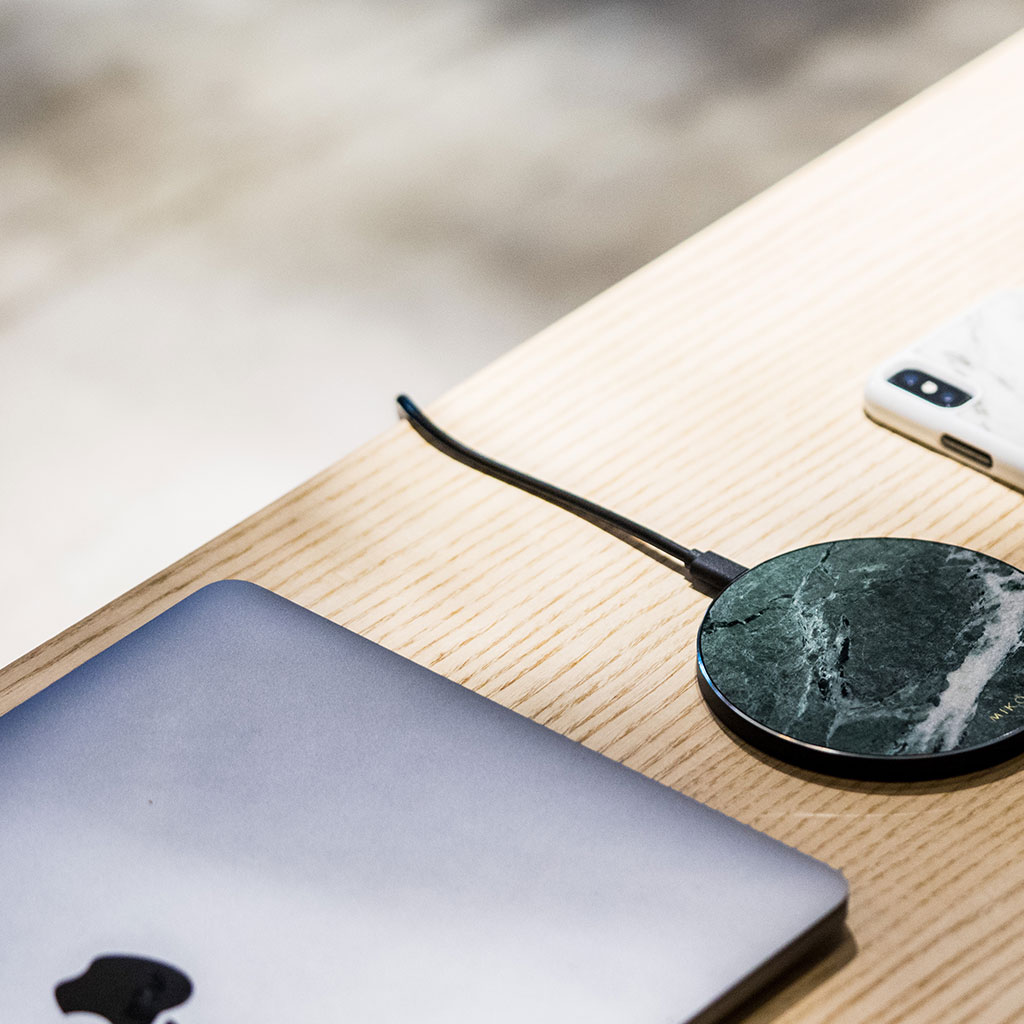Can you charge MacBook with Phone charger?
Can you charge MacBook with Phone charger?
Explore the compatibility, risks, and potential implications of charging a MacBook with a phone charger in this informative article.
Is it possible to charge a MacBook using a phone charger?
In most cases, using a phone charger to power up a MacBook isn’t recommended due to power delivery disparities. While the USB-C ports on newer MacBook models and many phone chargers might seem interchangeable, the power requirements significantly differ between these devices. Phone chargers typically deliver lower wattage compared to what’s necessary for efficiently charging a MacBook. While some newer MacBook models might accept lower-wattage chargers, they may not charge efficiently or could even discharge slowly when in use. Attempting to charge a MacBook with an insufficient power supply might result in extended charging times, limited or no charging while in use, or potential damage to the charger or MacBook battery due to strain from attempting to draw more power than the charger can provide.
For optimal and safe charging, it’s advisable to use the specific charger that came with your MacBook or invest in a charger explicitly designed for it. MacBook chargers deliver the required wattage to efficiently power up the device while maintaining its functionality even during heavy use. If you find yourself without the original charger, it’s recommended to use a charger with the appropriate wattage, ideally a USB-C charger with power delivery compatible with your MacBook model. Before using any alternative charger, ensure it meets the MacBook’s power requirements to avoid potential charging issues or damage to your device’s battery or charger.
How do different MacBook models handle varying power input from chargers?
Different MacBook models handle varying power input from chargers based on their power requirements and compatibility. Newer MacBook models typically feature USB-C ports that support various power inputs, allowing flexibility in charging options. These models often come equipped with USB-C charging capabilities, enabling them to draw power from different sources like power banks, power outlets, or USB ports on other devices. MacBook designs have evolved to prioritize sleekness and portability, leading to advancements in power efficiency and the ability to charge through multiple methods. The USB-C charging cable has become the standard for many MacBook models, offering a versatile connection to various power sources, which contributes to the laptop’s excellent performance while on the go.
Each MacBook model has specific power requirements, and their handling of varying power inputs depends on their design and the power output of the charging source. While some older MacBook models might not feature USB-C ports and thus lack the flexibility of newer models, they still adapt to varying power sources, albeit through more traditional charging methods. Understanding the MacBook’s power needs is crucial when considering an alternative method of charging. Ensuring the power output of the source aligns with the MacBook’s requirements helps maintain the device’s performance and battery health, regardless of the charging source being a power outlet, power bank, or another device’s USB port.
What USB-C power delivery standards or requirements should be met for safe and efficient MacBook charging?
For safe and efficient MacBook charging via USB-C, specific power delivery standards or requirements must be met to ensure compatibility and optimal performance. USB-C power delivery (PD) standards dictate the power output and delivery capabilities necessary for various MacBook models. When using USB-C as an alternative method for charging, it’s essential to consider the power source’s output capabilities. Power banks, power outlets, or USB ports from other devices should meet the USB-C PD standards compatible with the MacBook’s power requirements. These standards typically include the voltage, amperage, and wattage needed to efficiently charge the MacBook’s batteries while maintaining its sleek design and excellent performance.
USB-C charging cables play a critical role in safe and efficient charging. A high-quality USB-C charging cable capable of handling the required power delivery standards is essential. The cable’s ability to carry the necessary power from the power source to the MacBook ensures that charging is both reliable and safe. Understanding the power output of the source, whether it’s a power outlet, power bank, or USB port, and ensuring it aligns with the MacBook’s power requirements prevents potential damage to the device’s batteries and maintains its overall efficiency. Adhering to these USB-C power delivery standards helps maintain the MacBook’s battery health and ensures that charging via USB-C from various power sources remains a viable and reliable alternative method for users.





You must be logged in to post a comment.